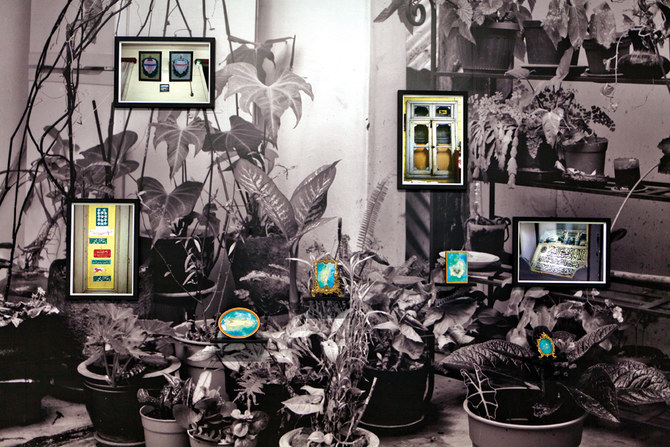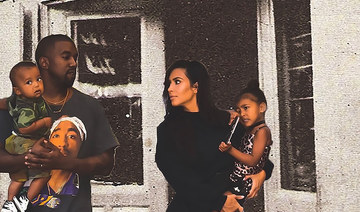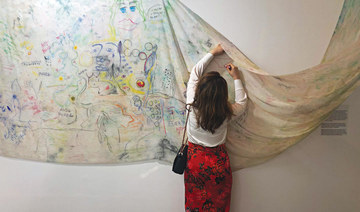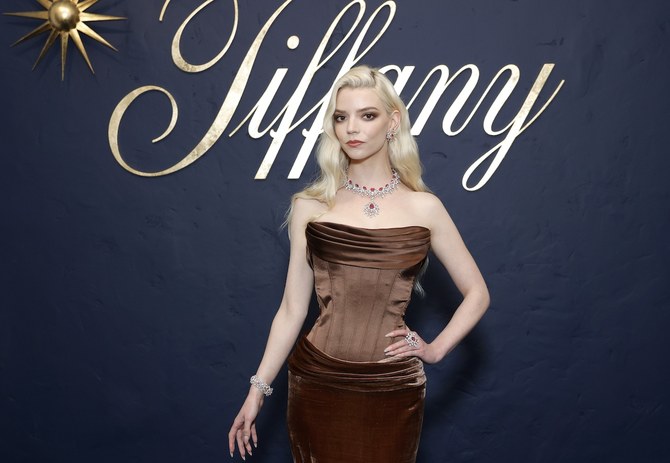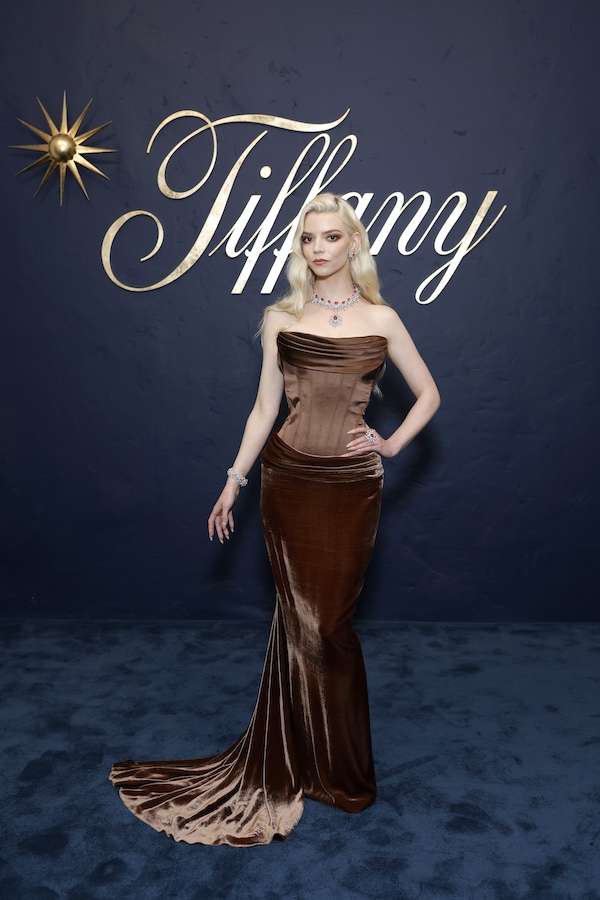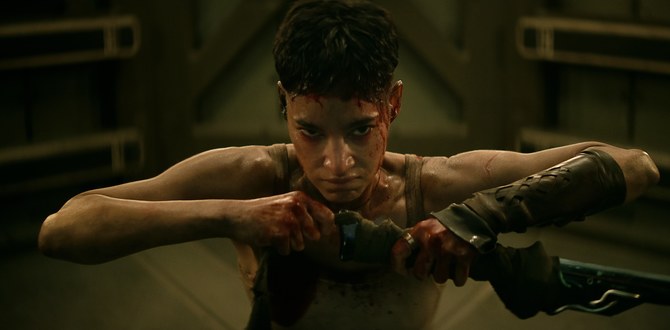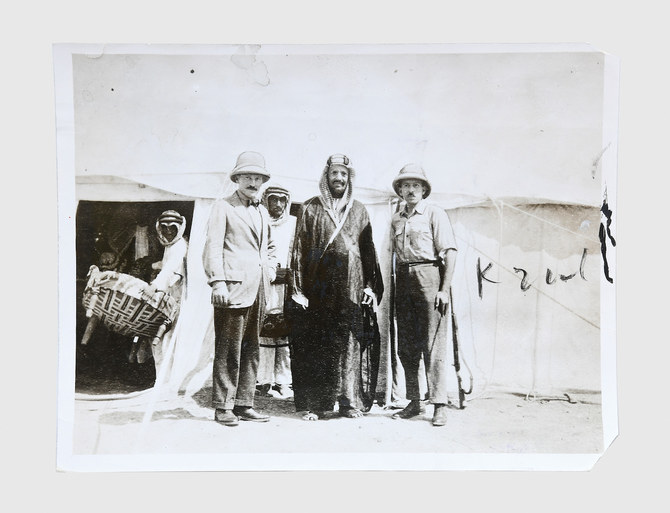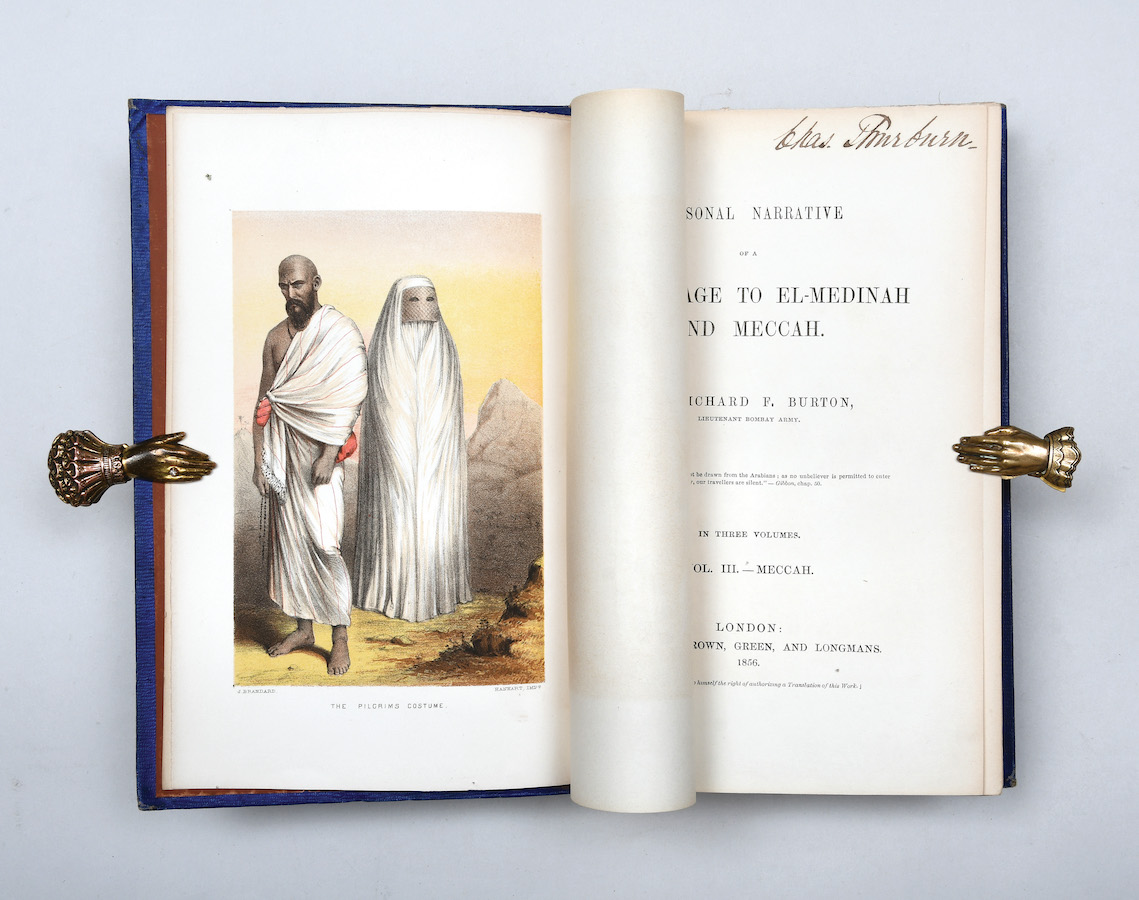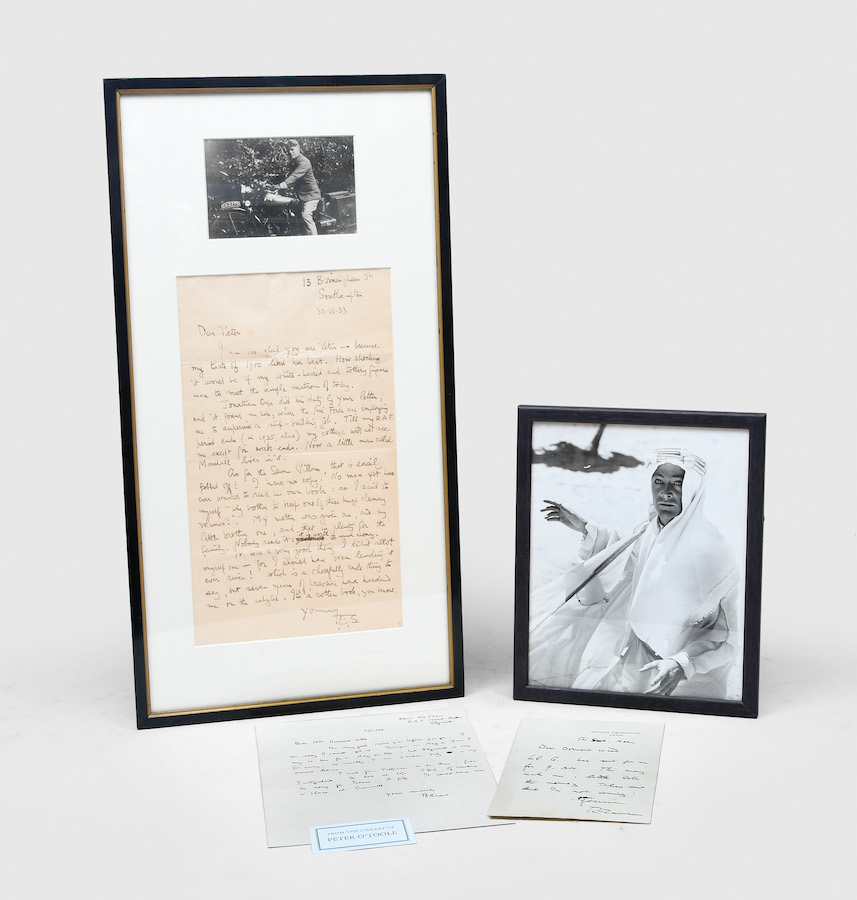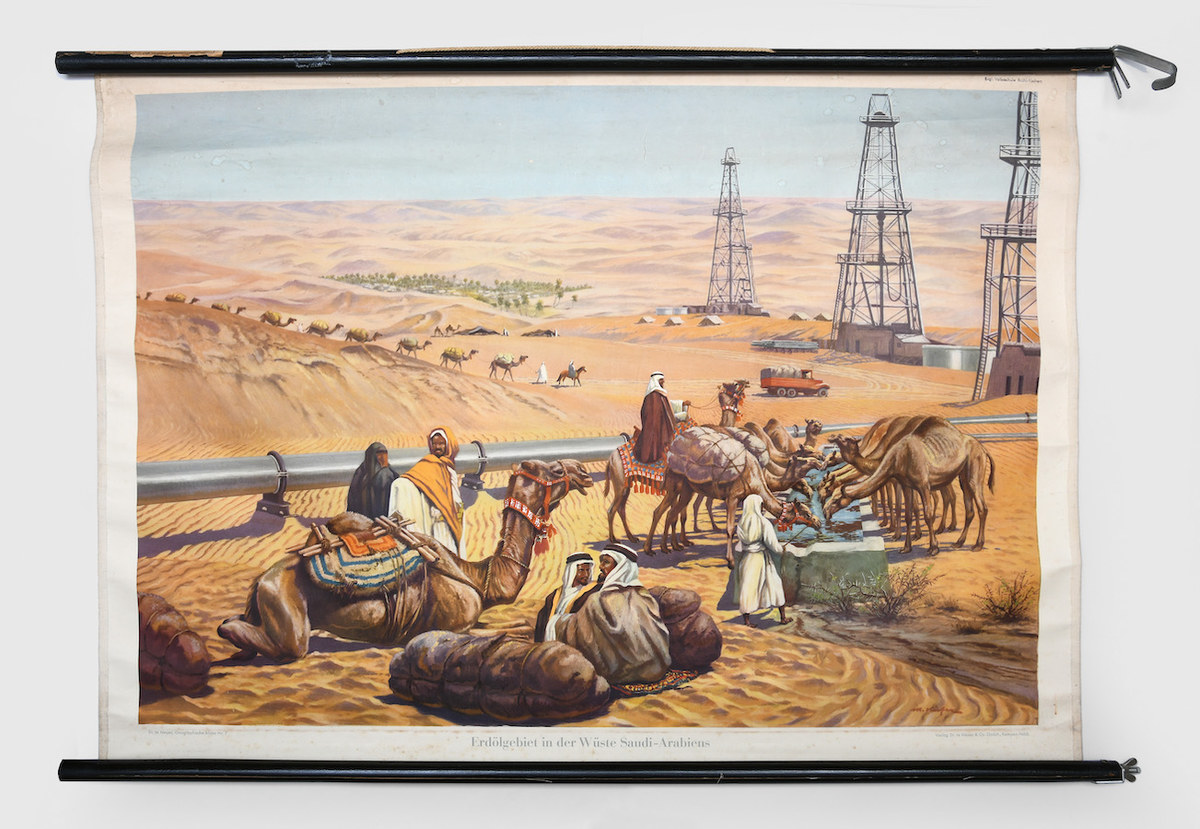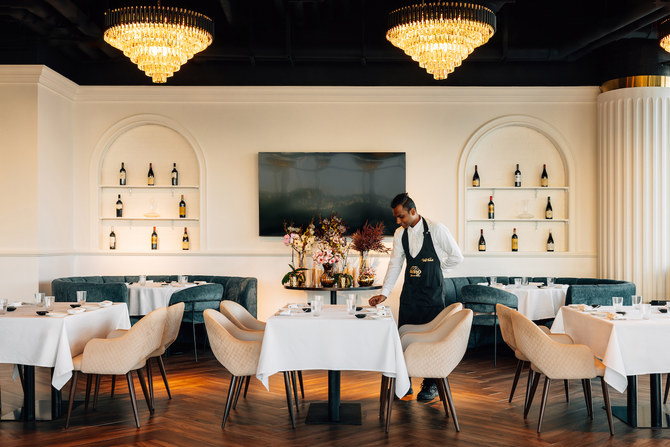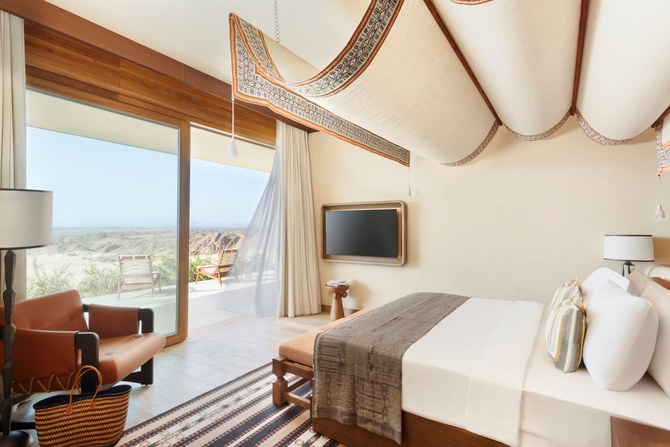DUBAI: Sharjah’s reputation as a regional art hub and capital of culture is founded on a lengthy list of institutions, museums and events.
One of the most prominent, the Sharjah Biennial, is considered a critical resource for artists and cultural organizations in the Gulf. After supporting local and international contemporary artists in their work for three consecutive months since March 7, Sharjah Biennial 14 came to a close this week.
“Nothing beats international art in a cultural location,” Rowdha Alsayegh, an Emirati cultural conceptual photographer, told Arab News. “I built my passion for art in Sharjah, and I owe it my growth,” she added as one of the biggest art events in the Arab world concluded in the emirate. “The biennial is a unique event that serves both the vision of Sharjah and the goals of emerging and international artists.”
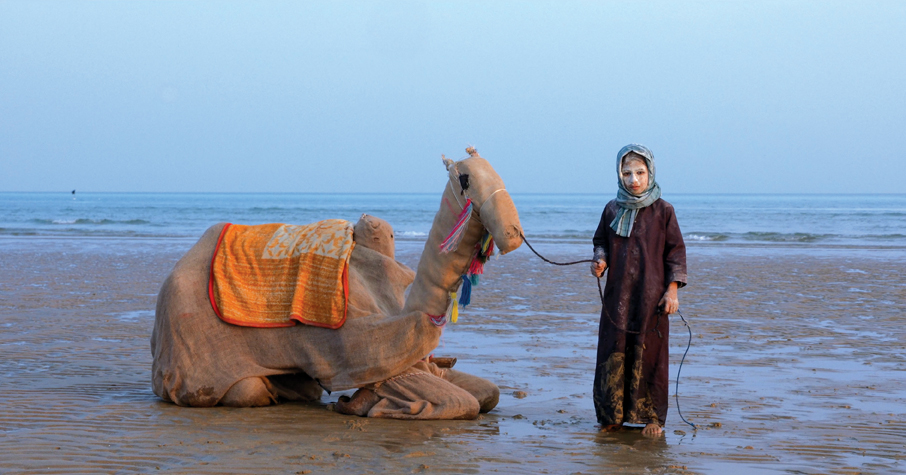
“At the Time of the Ebb,” by Kuwaiti artist Alia Farid. (Supplied photo)
Alsayegh, who considers the UAE’s culture a piece of art in itself, sees the country’s art market as constantly growing. “I became an artist because my culture truly inspired me, and this love we carry for it will make art reach greater heights,” she said. “But there’s always room for improvement. With art, you can’t just say you’re the best version of yourself. You should always keep growing.”
Alsayegh expects to see more growth in the Gulf. “It’s very important for us to participate in such events, to be out there and see exhibits when international artists come to our doorstep, because it’s an easy way for us to learn,” she said. “As artists we learn daily, and when we grow we make art in the country grow. After all, what is an artist without art?”
Established in 1993 and handed over to the Sharjah Art Foundation in 2009, the Sharjah Biennial has grown into a reliable showcase for local, regional and international developments in contemporary art.
FASTFACT
• The Sharjah Biennial was established in 1993. • Sharjah is home to more than 20 museums. • The emirate is known as a cultural hub in the Gulf. • Sharjah was named UNESCO’s Arab Capital of Culture in 1998. • In 2019, UNESCO designated it the World Book Capital.
It is “one of the top tiers of biennials globally, and is the largest such platform in the Middle East and South Asia,” said Omar Kholeif, who was a co-curator with Zoe Butt and Claire Tancons of Sharjah Biennial 14.
“The exhibition encompassed the work of many Middle Eastern artists, arguably offering a platform for the dissemination of, and critical engagement with, their work,” he told Arab News.
“But it was also important for the artist and audience community within the region to encounter art from all around the world.” Kholeif was recently appointed director of collections and senior curator of the Sharjah Art Foundation.
The biennial strives to be one of the most vibrant platforms for presenting contemporary art globally. Alia Farid, originally from Kuwait, is one of the many artists who took part in this year’s biennial.
She believes the idea is to present works that challenge the expectations of art and encourage critical and aesthetic thinking.
“The Sharjah Biennial doesn’t prioritize by ethnicity. For Arab artists just like the rest, it’s a huge honor to be invited to exhibit based on merit and the quality of one’s work,” she said. “The (Sharjah Art) Foundation is truly an exceptional art institution in the region. It has an attentive and inspired team who do everything in their capacity to help participating artists achieve the desired outcomes.”
Farid’s work included a video shot in Qeshm, an Iranian island across the sea from the UAE and Oman, where the Gulf and Iran come closest.
Entitled “At the Time of the Ebb,” the idea for the film came from a desire to lessen feelings of estrangement between the neighbors. “Qeshm is a very unique place, and a threshold between the Gulf countries and Persia. Its inhabitants wear the same garb as Arabs from the Gulf do, and there are many common musical elements,” she said. “At the same time, they speak Farsi, the island belongs to Iran, and their economic situation is markedly different.”
Beyond the music and performance art of Qeshm, “At the Time of the Ebb” also explores the contentious relationship between the Gulf countries and Iran.
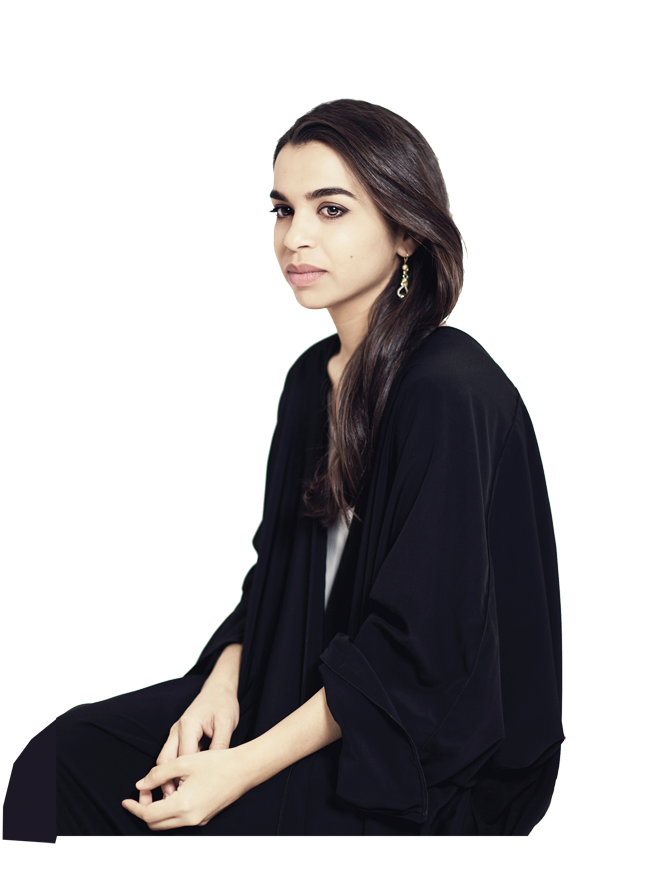
Kuwaiti artist Alia Farid. (Supplied)
The Sharjah Art Foundation “encourages cultural discourse in a region long known for little more than generating oil revenue,” Farid said. “It recently began adding historical buildings to its core Al-Mureijah Square venue, in an effort to help tell the multiplicity of stories connected with the emirate and its neighbors. Artists are concerned with making work that transforms the perception of viewers. There’s a lot of really good work coming from Egypt, Lebanon and parts of the Gulf. It’s important for artists to have the support of patrons and institutions to be able to make substantial contributions. It would also be great to see more research and production grants being offered by Gulf patrons.”
Sharjah Biennial 14 attracted artists from near and far.
One of them was Shiraz Bayjoo, a 40-year-old, UK-based artist originally from Mauritius. The subject of his film “Ile de France,” shown at the biennial, was the dark history of the Indian Ocean island, with its ruins of European colonial settlements, and a population comprising descendants of Indian Muslims and people from Africa brought there as slaves or indentured laborers.
“My film explores this environment that shifts, where they fit today in relation to their class and race, and how that kind of history still plays out in terms of our psyche and how we imagine ourselves,” Bayjoo told Arab News. “Acts of conservation, regardless of the location, are important from the standpoint of understanding each other’s past.” Bayjoo sees the Sharjah Biennial as the most significant art event globally after Venice. “It’s very important that we have this in the Middle East and on the African continent as well,” he said.
“If we link these spaces together, it really shifts the center away from just being a Euro-centric conversation. The artists brought together this year as part of Zoe Butt’s curation constitute a majority voice of Global South artists. For it to be represented in the Middle East, instead of in Europe or North America, is really significant.”
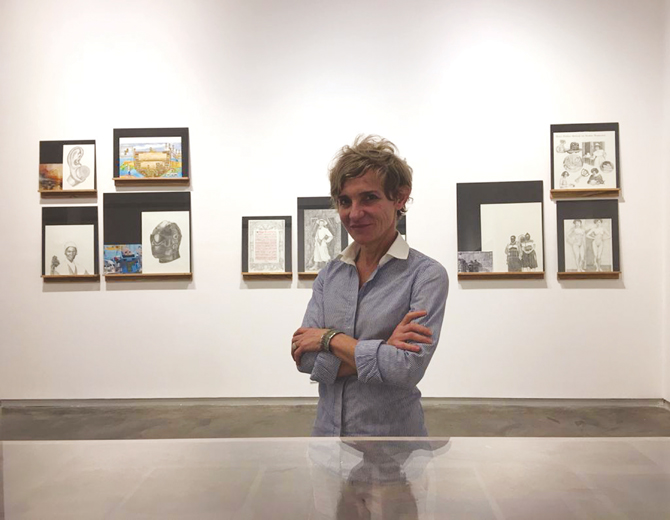
Latin American artist Adriana Bustos. (Supplied)
Another participant from afar, Latin American artist Adriana Bustos, told Arab News that her presence in the biennial is an “extraordinary opportunity” to get acquainted with the Middle East’s art scene.
“I see it as an incipient dialogue between the Middle East and Latin America that’s beginning to exist,” she said.
“Although there are some international art fairs that give visibility to artistic practices from one side of the planet and the other, biennials … offer a platform of great value to know regional discourses.”
She described her interactions with other artists and their productions as her most valuable experience of Sharjah Biennial 14.
“I was able to see that my work is part of a much larger text than the production itself,” she said. “I had the chance to see brilliant artworks by brilliant artists from the Middle East, and a very active, mature and growing art scene.”
Her views are echoed by Kholeif, who says he was a fan and a regular visitor before he was made a co-curator of Sharjah Biennial 14.
“With a real focus on putting artists from the Global South into the conversation, it has been an exhilarating experience to watch the Sharjah Biennial grow year after year,” he said.
“I see the event as continuing to be a site of discovery of Middle Eastern artists and their work … and a space to produce new ideas and knowledge for Middle Eastern artists. I see this happening through a process of commissioning that strongly aligns with the work of the biennial and the (Sharjah Art) Foundation.”





